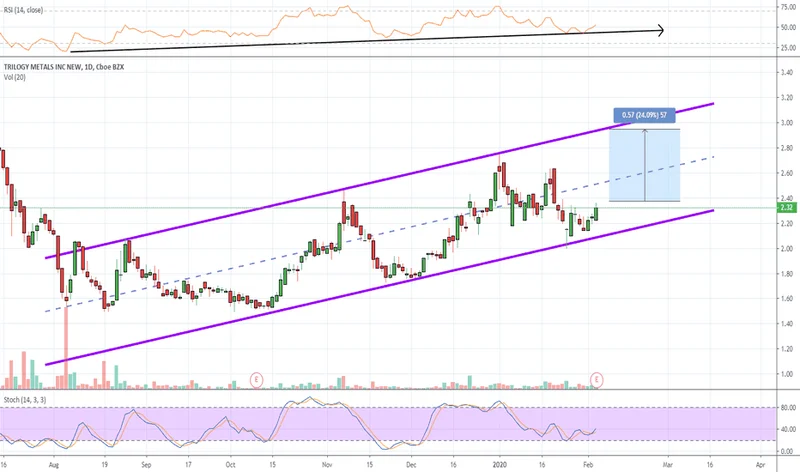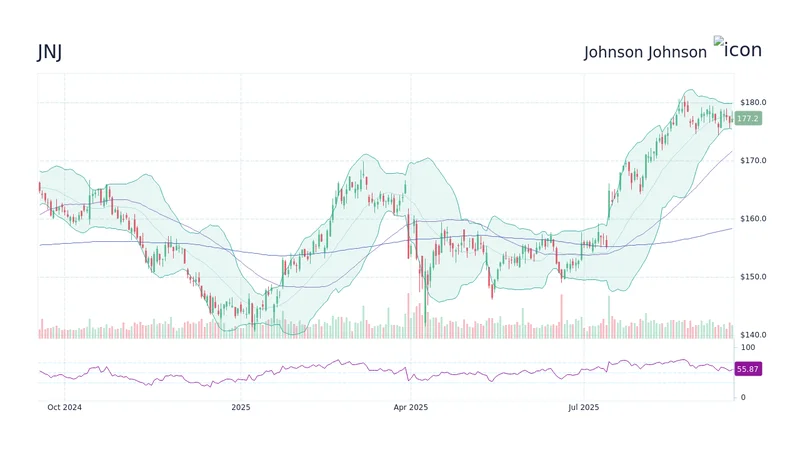Target's Big Reset: The Hidden Signal for a Smarter Future of Retail
Imagine the silence. One moment, you’re a corporate employee at Target’s sprawling Minneapolis headquarters, working on Q4 projections. The next, an email from the incoming CEO, Michael Fiddelke, lands in your inbox. The hum of the office fades as thousands of eyes scan the same words. The company is asking everyone to work from home next week. And on Tuesday, 1,000 of you will lose your jobs. Another 800 open roles are vanishing. An employee described the atmosphere to Business Insider as "total panic."
It's a brutal, deeply human moment. But if we only see this as a story about layoffs, we're missing the bigger picture. This isn't just about Target cutting costs. This is about a fundamental law of institutional physics finally coming due. Fiddelke’s memo contained the key, a single sentence that explains everything: “The truth is, the complexity we’ve created over time has been holding us back.”
That’s it. That’s the whole story. This isn't a failure of people; it's a failure of structure. It’s a warning shot fired across the bow of every legacy corporation in America.
The Invisible Anchor of Complexity
What is this "complexity" Fiddelke is talking about? It's the silent killer of innovation. Think of a massive, legacy corporation not as a sleek machine, but as an old desktop computer from 2005. Over the years, you’ve installed hundreds of programs, downloaded thousands of files, and created a tangled web of folders within folders. The system still runs, but it's slow. It freezes. Simple tasks take forever. That sluggishness, that digital sludge, is corporate complexity. It’s the extra layers of management, the redundant meetings, the overlapping projects, the decision-making processes that require a dozen signatures before anything happens.
Target’s system was clearly getting bogged down. Four straight years of stagnant sales. A stock price that has cratered by 65% since its 2021 peak. All while staring down the barrel of Amazon, a company with a market cap over 50 times its size. You can’t fight a titan like that with a slow, fragmented system. This layoff, as painful as it is for the 1,800 people affected, is a desperate, necessary attempt to defragment the hard drive. They’re trying to make the machine run faster because they know the competition is running at the speed of light.
When I first read Fiddelke's memo, I didn't just see a corporate statement; I saw a diagnosis of a disease that infects almost every large, established institution. It’s a kind of organizational entropy—in simpler terms, a natural tendency for things to become more disordered and inefficient over time unless you actively fight against it.

This raises a profound question that goes far beyond Target, doesn't it? Is this cycle inevitable? Must companies grow complex and bloated, only to be followed by these traumatic, soul-crushing purges every decade? Or can we design organizations from the ground up to be lean, adaptable, and immune to this kind of institutional decay?
A Painful Echo of the Past
This isn't Target's first time at this rodeo. The company went through a similar, even larger, restructuring back in 2015. They cut thousands of jobs then, too, in an effort to become more "agile." The fact that they're here again, a decade later, facing the exact same problem is incredibly telling. It proves that cutting people is a temporary fix, not a permanent solution. It’s like clearing weeds without pulling out the roots; the complexity just grows back.
The real challenge for Fiddelke, who started as an intern and is now taking the helm, isn't just navigating this layoff. It's fundamentally rewiring the company's DNA to prevent this from happening a third time in 2035. The speed of the modern world is just staggering—it means the gap between a good idea and its execution has to be almost zero, and you can't achieve that when your organization is a labyrinth.
We’re watching a live-action case study in corporate evolution. For decades, the model was to grow, add layers, and build a fortress. But in a world dominated by nimble, tech-first giants like Amazon and hyper-efficient operators like Walmart, that fortress has become a prison. The very structure that was meant to provide stability has become an anchor, holding the company back while the tide of commerce rushes out.
Of course, there's a heavy ethical weight here. These aren't just numbers on a spreadsheet; they are 1,800 lives and families thrown into uncertainty. The true test of leadership isn't just the cold calculus of restructuring, but the humanity with which it's carried out. But the larger, colder truth remains: in the 21st century, adaptation is not optional. The choice isn't between keeping the old structure or changing; it's between changing or slowly becoming irrelevant.
This Is the Sound of an Old World Breaking
Let’s be clear. What’s happening at Target isn’t an isolated event. It’s a blueprint. It's a preview of what’s coming for any large company that has allowed complexity to become its culture. The era of comfortable corporate inertia is over. The layers, the bureaucracy, the slow-moving committees—they are no longer signs of a stable enterprise, but symptoms of a terminal illness. This painful reboot is the only medicine, and every legacy company that hasn't started the process is already behind. The future belongs to the fast, the simple, and the brave.
Related Articles
PGE's Landmark Solar Investment: What It Means for Europe's Green Future
Why a Small Polish Solar Project is a Glimpse of Our Real Energy Future You probably scrolled right...
US Government Backs Trilogy Metals (TMQ): Why It's Soaring and What It Signals for America's Future
I just read a press release that, on the surface, is about a mining company in Alaska. And I can’t s...
Adrena: What It Is, and Why It Represents a Paradigm Shift
I spend my days looking at data, searching for the patterns that signal our future. Usually, that me...
Scott Bessent vs. an 'Unhinged' Chinese Official: The Full Story and Why It's a Bigger Deal Than You Think
So, let me get this straight. The entire global economic system, the intricate web of supply chains...
Beyond JNJ's Stock Price: The Breakthrough Science and Future Vision Everyone is Missing
It’s easy to get lost in the noise. On any given Monday, you can watch the digital ticker tape scrol...
Pinterest's Stock Drop: What Happened and the Future of Visual Discovery
Okay, folks, buckle up. Because what's happening over at Pinterest isn’t just a quarterly earnings r...





